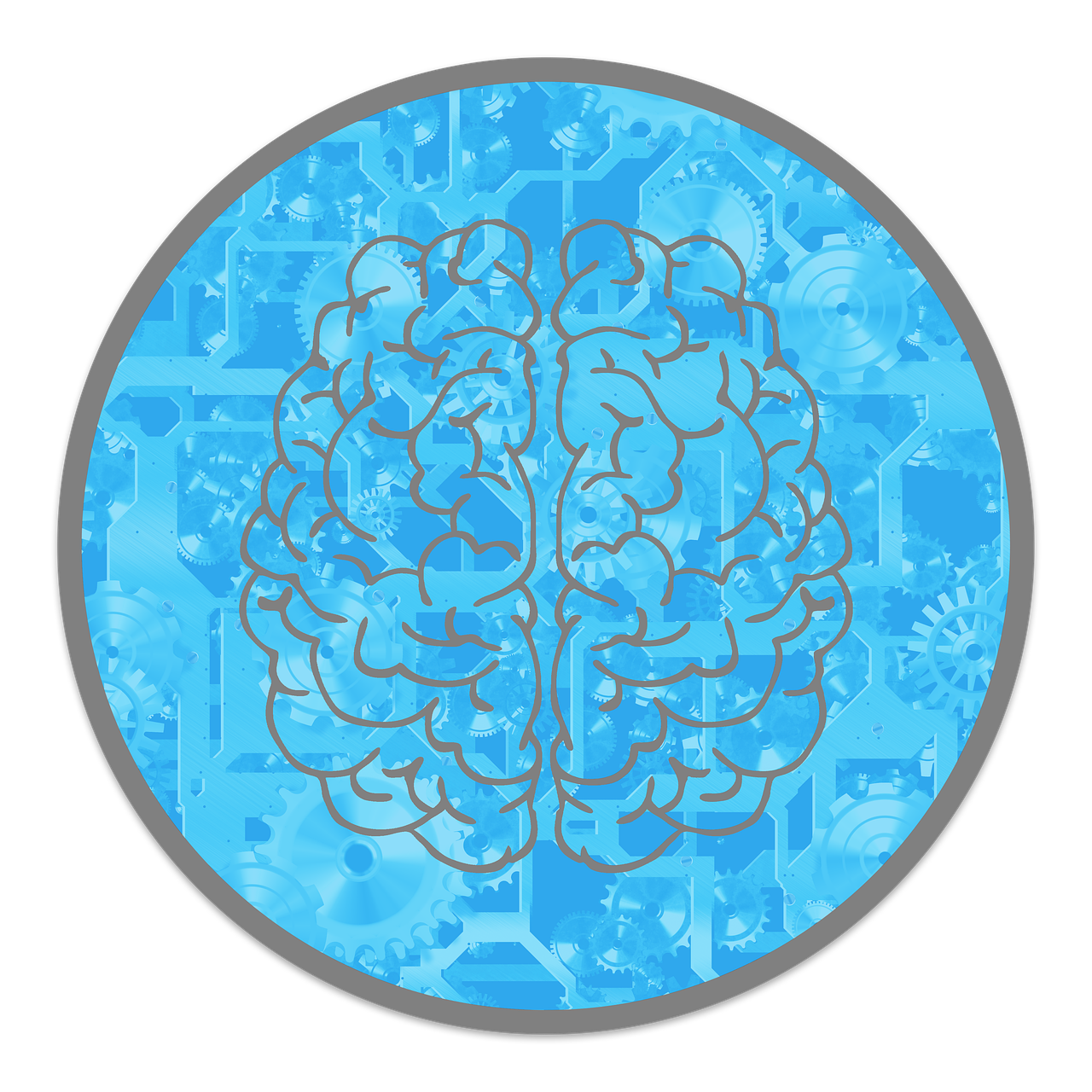
A crucial question arises as artificial intelligence changes sectors and neuroscience clarifies our knowledge of the brain: Is education changing in line?
Many times, traditional methods treat education as uniform and linear.
Neuroscience, however, portrays the brain as a dynamic, adaptive network always changing itself in response to experience, emotion, and environment.
This complexity questions our design of learning environments, assessments, and instruction.
This paper looks at how applying ideas of brain research might result in more flexible, human-centered, and successful education.
Why Brain Complexity Matters in Education
The brain isn’t a machine—it’s a living network
Traditional teaching often treats the brain like a computer: input data, store it, then retrieve it on demand. B
ut neuroscience tells us that the brain is far more like a living, self-organizing network—closer to the internet than a hard drive.
Learning isn’t just about storing facts; it’s about recognizing patterns, making meaning, and constantly rewiring connections.
Think less “robot from Westworld,” more dynamic system like the Matrix—constantly evolving in response to new input.
No two brains are alike
Brain imaging and cognitive studies confirm what good teachers have always known: every learner processes the world differently.
Neural variability is the rule from memory to attention to emotional response.
Thus, when we discuss “personalized learning,” we are aligning with how the brain naturally functions rather than following a trend.
In a biologically varied classroom, a standard approach is like attempting to squeeze every Avenger into the same suit—inefficient and kind of unjust.
Brains learn through connection, not isolation
The brain thrives on interaction—social, emotional, and physical.
Just like ecosystems, complex systems learn best through engagement with their environment.
Passive lectures alone don’t cut it.
Active learning, collaboration, movement, and emotionally charged experiences actually boost neural plasticity.
It’s why a student might remember a group project or a heated debate way better than a slide deck.

The Neuroscience Behind Learning
Neuroplasticity: Your brain’s built-in update system
The superpower of the brain is neuroplasticity—that capacity to reorganize itself by creating fresh connections between neurons.
Learning takes this genuine form and is not only for children.
Your brain keeps adapting across your entire life—yes, even after 30!
Educational takeaway:
Think of learning like building muscle.
The more you revisit and use a concept—through visuals, movement, sound, or discussion—the stronger those neural “circuits” become.
Just like in The Mandalorian: “This is the way”—to lasting learning.
Cognitive load theory: Don’t overstuff the brain’s backpack
Our working memory—the brain’s mental “RAM”—can only hold so much at once.
Try to cram too much in, and things start to fall apart. It’s like trying to binge-watch three seasons of Stranger Things in one night—you’ll miss the plot and forget the details.
Educational takeaway:
Good teaching means pacing information and mixing the new with the familiar.
Give the brain space to process, chunk info into manageable parts, and use repetition to move learning into long-term memory.
Strategies for Integrating Brain Complexity into Teaching
1. Personalize the learning journey
Every brain is wired a bit differently—like fingerprints or favorite Star Wars characters.
Adaptive tools and diagnostic assessments help tailor learning to fit individual needs, not force everyone into the same mold.
Try this:
- Use learning platforms that track progress and adjust content in real time—like Spotify, but for learning.
- Mix up student groupings based on strengths, not just grades—think of it like assembling different teams for different missions.
2. Engage the Senses
Brains love variety.
The more senses involved, the stronger the memory.
Imagine learning anatomy by watching Grey’s Anatomy, using a 3D model, and acting out surgery—that’s multisensory magic in action.
Try this:
- Pair lessons with visuals, videos, or even soundscapes.
- Add movement with simulations, role-playing, or hands-on tools—learning isn’t meant to be stuck in a chair.
3. Teach Students to Think About Thinking (Metacognition)
When students learn how they learn, they become their own brain trainers.
It’s like going from being a passenger to driving the car—and knowing how to read the GPS.
Try this:
- Have students keep a learning journal to track what works for them.
- Use reflection prompts and self-assessment tools to build awareness and confidence.
4. Tap into emotion to make learning stick
Emotion is the brain’s highlighter—it flags what’s important.
From Pixar movies to TED Talks, we remember what moves us.
Try this:
- Use storytelling and real-life connections to make content meaningful.
- Create a classroom vibe that’s safe, supportive, and values every student’s voice—because trust boosts learning.
5. Make feedback part of the process, not just the end
The brain needs feedback to adjust and grow—like a game giving you instant XP updates.
It’s not about grades; it’s about guidance.
Try this:
- Swap final exams for low-stakes, real-time feedback (think: mini-quizzes or live polls).
- Let students review each other’s work—it builds critical thinking and makes feedback feel collaborative, not punitive.

Classroom Applications: Brain-Based Teaching in Action
Case study 1: Flipped classrooms
In a flipped classroom, students watch lessons or explore content at home, then use class time to solve problems, collaborate, and ask questions.
This taps directly into how the brain learns best: through active engagement, social interaction, and trial-and-error thinking.
Think of it like Stranger Things—the real learning happens when the group gets together and figures things out, not just when they’re watching the weirdness unfold.
Case Study 2: Project-based learning
When students work together to tackle real-world challenges, it lights up multiple brain systems—memory, emotion, motivation, and problem-solving.
Project-Based Learning mirrors how the brain naturally learns: non-linear, hands-on, and emotionally engaging.
It’s basically like giving students their own side quest—except the XP is real-world skills.
Case Study 3: Mindfulness
Even just a few minutes of mindfulness can improve focus, emotional regulation, and readiness to learn.
Think of it like updating your brain’s operating system before diving into new content.
It’s the academic version of hitting “reset”—kind of like Yoda’s deep breathing before a Jedi duel.
Benefits of a Brain-Complexity-Informed Approach
Stronger engagement
When lessons tap into emotion, the senses, and active thinking, students pay attention—and that’s half the battle.
The brain is wired to care about what feels relevant and meaningful.
It’s like when a Marvel movie pulls you in with action and character depth—you’re hooked, and you remember it.
Better Memory
Memory works best when learning is spaced out and reinforced in different ways—like seeing it, hearing it, doing it.
This helps build stronger neural pathways.
Think of it like training for a video game boss fight: practice in chunks, use different strategies, and the win sticks.
Sharper thinking
When students reflect, explore, and try different approaches, they strengthen cognitive flexibility.
That’s the brain’s ability to adapt—and it’s essential for solving new, real-world problems.
Basically, you want brains that can pivot like Ross in Friends—quickly, confidently, and under pressure.
More inclusive learning
No two brains learn the same way.
Recognizing neurodiversity isn’t just nice—it’s neuroscience.
A brain-based approach supports different learning styles and makes space for all students to thrive.
It’s like the X-Men: everyone’s got different strengths, and when you honor that, the whole team wins.

Challenges and Considerations
Teacher training
Most educators weren’t trained in neuroscience—and that’s not their fault.
But to teach in a way that aligns with how the brain actually learns, we need solid professional development.
Think of it like upgrading from a flip phone to a smartphone—you need a little onboarding before you can unlock the full power.
Time & resources
Customizing learning for every student sounds amazing—until you’re grading 100 papers with no planning time.
Personalization can be tough without the right tools.
EdTech can help (think: AI-powered tutors or progress trackers), but it has to be used smartly, not just slapped on like a Band-Aid.
Beware the brain myths
Some “brain-based” ideas sound good but don’t hold up to research.
One big one? That students are strictly “visual” or “auditory” learners. Nope—brains are way more flexible than that.
It’s like believing everyone on Hogwarts should only use one kind of magic.
In reality, brains use multiple systems to learn, often at once.
Conclusion: Teaching for the Whole Brain
Understanding brain complexity isn’t just a scientific breakthrough—it’s a game-changer for education.
By embracing the brain’s nonlinearity, adaptability, and individuality, we can create learning environments that are more flexible, inclusive, and effective.
The real challenge isn’t just applying neuroscience to teaching; it’s reimagining education as a dynamic, student-centered process.
Teachers aren’t just delivering content anymore—they’re like cognitive architects, designing learning experiences that align with how the brain actually works.


